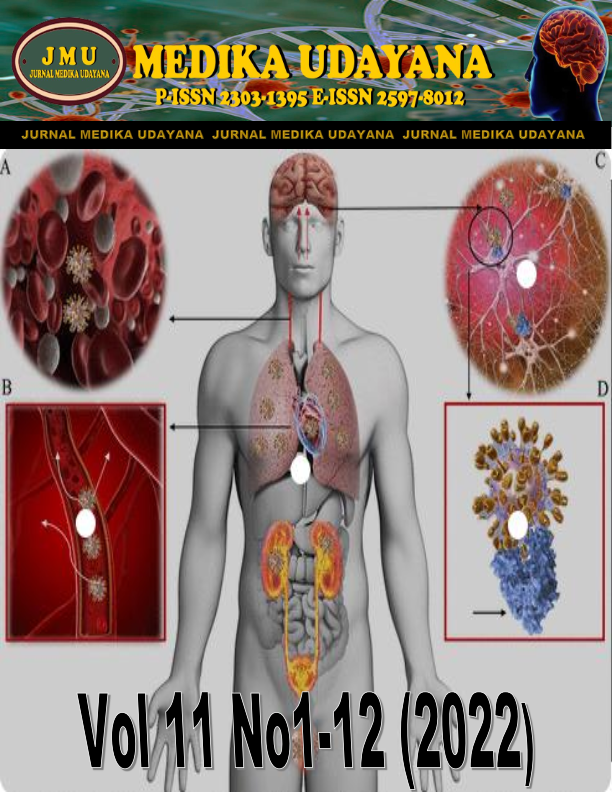AGE, MOLECULAR SUBTYPE, AND SITES OF METASTASIS IN BREAST CANCER PATIENTS WITH DISTANT METASTASIS IN RSMH PALEMBANG
Abstract
About 90% of cancer-related deaths are caused by distant metastases. Age at diagnosis and molecular subtypes can be used to predict the event of distant metastases. This study aims to determine age and location preference for distant metastases based on tumor molecular subtypes in breast cancer patients. This study was a descriptive observational study with a cross-sectional design. The sample in this study were breast cancer patients with distant metastases, both de novo and recurrent metastases, at Dr. Mohammad Hoesin for the period January - December 2018 who were recorded in the medical record and met the research criteria. There were 93 patients with distant metastatic breast cancer (17 patients with de novo metastases; 76 recurrent metastases). In the de novo and recurrent metastatic groups, most of the patients were ?40-60 years (52.9% and 67.1%). The most common sites of metastases were the lungs (34.4%) and bone (25.8%). Luminal A subtype metastasized dominantly to lungs (45%), luminal B to bone (34.1%), HER2-enriched to lungs (50%), and TNBC to lungs (57.4%) and liver (28.6%). The highest percentage of breast cancer patients with distant metastases in Dr. Mohammad Hoesin Palembang was found in the age group ?40?60 years. The most common sites for metastases are lungs and bones. Most luminal A and HER2-enriched subtypes metastasized to lungs, luminal B to bone, and TNBC to lungs and liver.
Keywords: Age, Subtype, Metastatis Site, Distant Metastatis Breast Cancer











